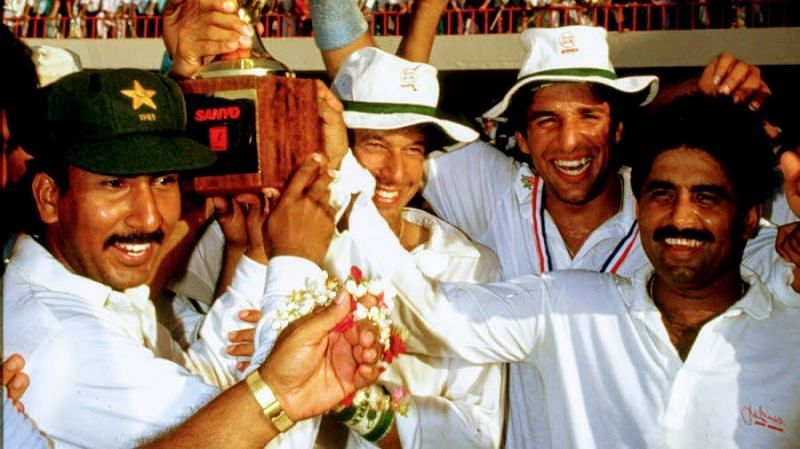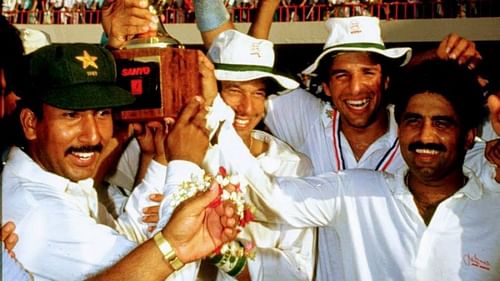
India's desert woes: Revisiting shadowy Sharjah

The ghost of Sharjah
April 18, 1986, is a day cricket fans across the world are unlikely to ever forget. The magnitude of the events which transpired on that day changed the way the game was perceived. What was hitherto considered as an impossible or losing situation would no longer be thought of as such. Cricketers and cricket lovers discovered that a match could be won, no matter how difficult the scenario.
Much to the dismay of Indian cricket fans, however, the events of that day also set a trend which was to continue for over a decade.
The event was Javed Miandad's famous last ball six off the bowling of Chetan Sharma. The trend was such that Pakistan dominated India in one-day internationals, primarily in Sharjah, and did so in ominous fashion. This continued until the Indian government banned the venue and directed the cricket board not to send a team for the 2001 Sharjah Cup.
A lot has been written about Pakistan's inability to get past India in ICC tournaments. For over a decade, however, India found it tough getting past their traditional rivals in the shorter version of the game but managing to beat Pakistan in all the World Cup encounters.
Some called it a "jinx", while others called it the "ghost of Sharjah".
The game in Sharjah came under the needle of suspicion with accusations of corruption surfacing time and again but analysts, to this day, have remained confounded as to the veracity of those claims.
Pakistan reigned supreme, on most occasions, in Sharjah during this period of around fourteen years. Pakistan were, no doubt, a formidable outfit with a world class bowling attack comprising Imran Khan, Wasim Akram, Waqar Younis, and Abdul Qadir. The batting was no less brilliant with the likes of Javed Miandad, Saleem Malik, Saeed Anwar, and Inzamam-Ul-Haq.
So, did the Pakistani dominance in Sharjah emanate from inherent talent in the squad, boosted by massive support in the stands or was there something shadowy beneath the surface?
Was the ghost of Sharjah for real?
#5 Cricket in the desert

In the early 1980s, Abdul Rehman Bukhatir, a Pakistan-born UAE businessman who had diverse interests in real estate, trading, hotels, and banks spotted a new and lucrative opportunity. The UAE was home to a large expatriate population from India and Pakistan who craved for all things Indian (and Pakistani). Both Indians and Pakistanis loved their cricket. So, could the teams not play each other in the UAE?
The Sharjah Cricket Stadium was to become the home of cricket in the Gulf and over the next decade and a half whetted the appetites of cricket lovers in the subcontinent and in the Emirates.
It all started with the Rothman's Asia Cup in 1984 with India, Pakistan, and Sri Lanka playing in a triangular round-robin competition with India emerging victorious.
In 1985, Sharjah played host to the Rothman's Four-Nations Cup.
It was the first match of the tournament which is the talking point for many cricketing fans in the subcontinent to this day. Imran Khan was in peak form and picked up 6 wickets to bundle India out for 125. Pakistan came out to bat needing 2.5 runs an over to win but inexplicably collapsed to be all out for 87 with Kapil Dev, Ravi Shastri, and Sivaramakrishnan doing the damage. They went on to beat Australia in the finals to win the tournament.
India were the kings of cricket in the desert, much to the jubilation of their fans, with two wins in a row in Sharjah.
In 1986, Sharjah hosted the Austral-Asia cup featuring India, Pakistan, Australia, New Zeland, Bangladesh, and Sri Lanka. India faced Pakistan in the finals in front of a packed stadium.
From here on, however, there would be a dramatic change in the tale which would continue for a very long time to come.